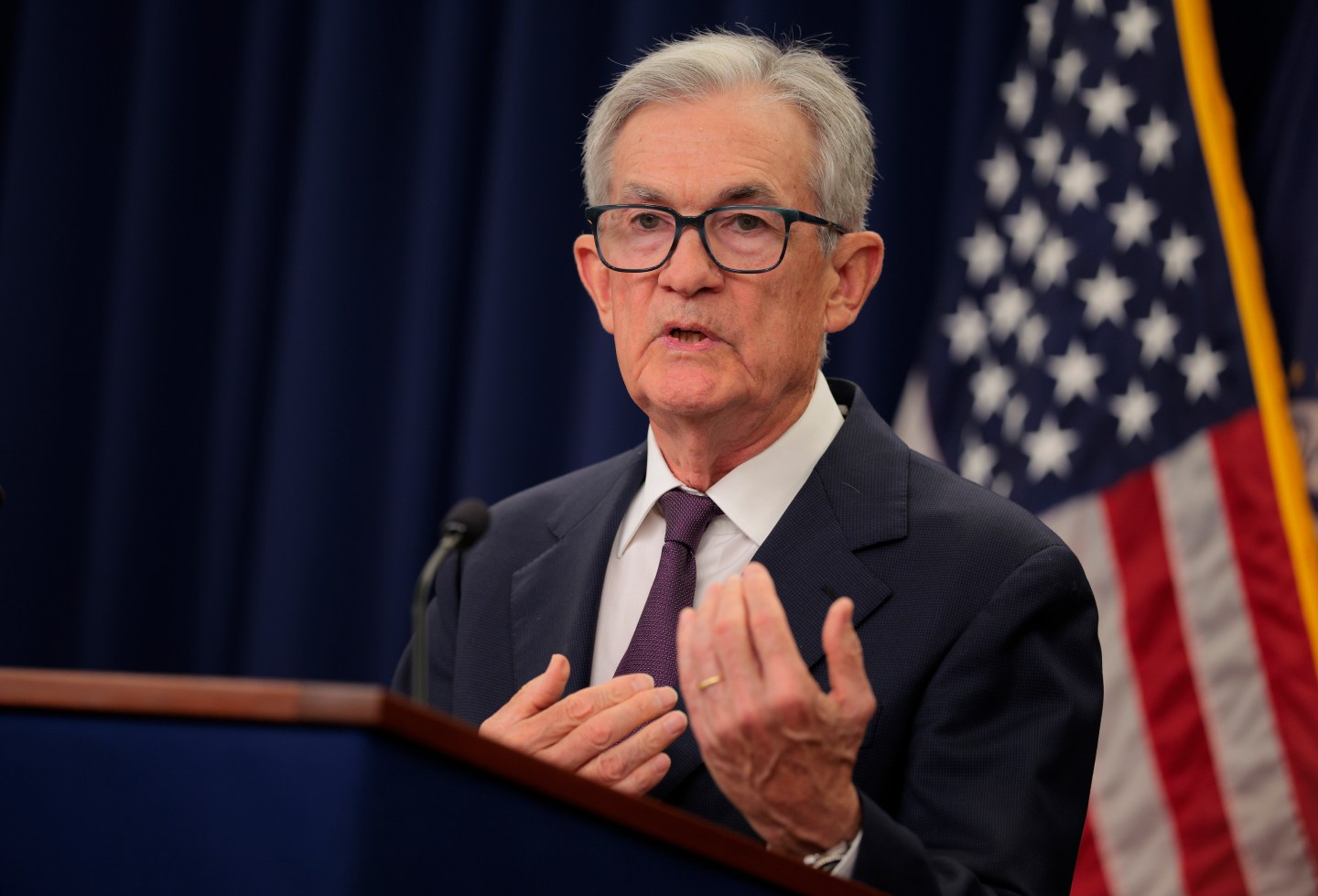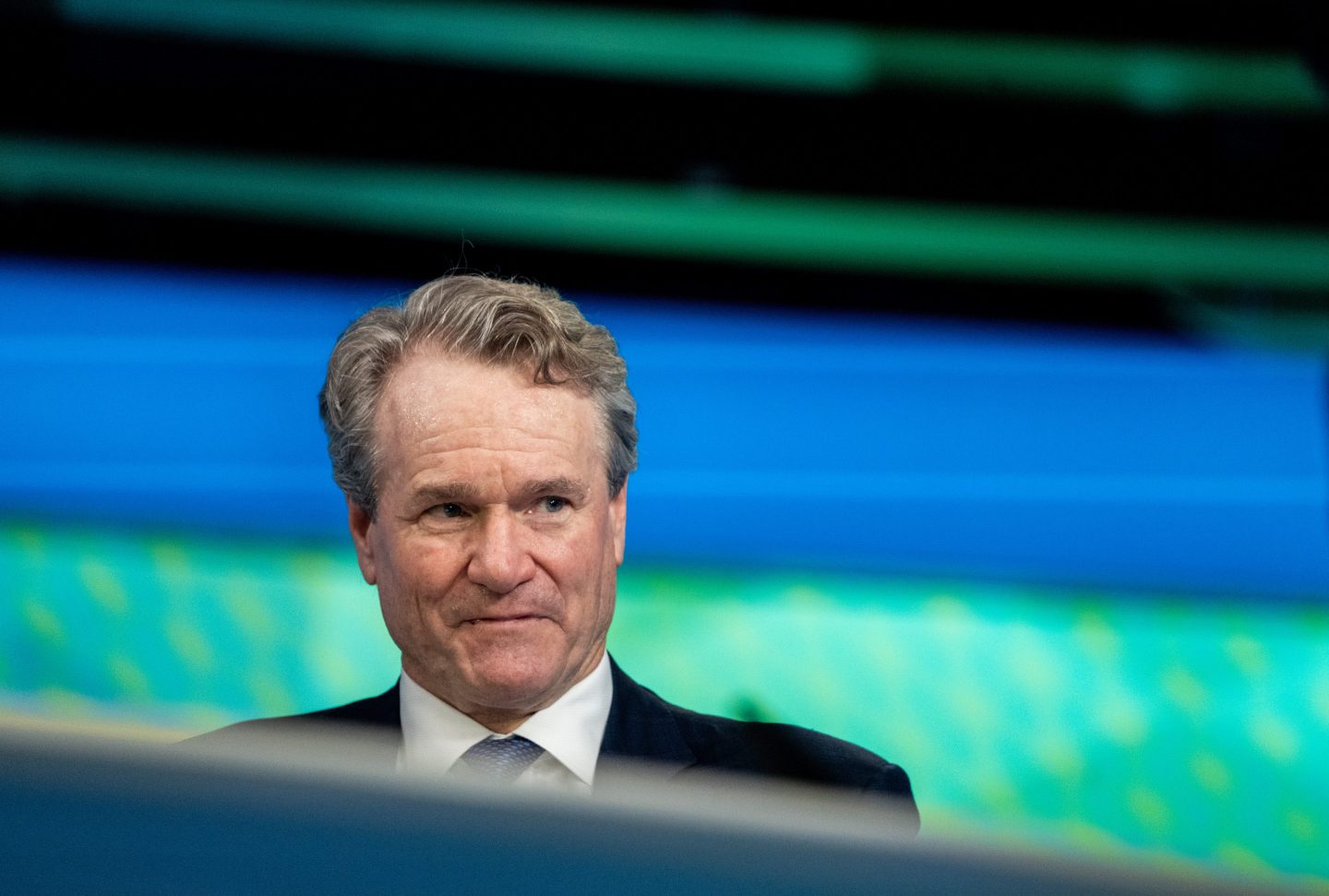Stock markets spiked and then immediately reversed course after the Federal Reserve lowered the federal funds rate by a quarter percentage point to 4% from 4.25% on Wednesday in a move that had been telegraphed for weeks leading up to the meeting. Newly sworn in Federal Reserve Governor Stephen I. Miran voted against the action, in favor of a steeper cut of half a percentage point, the Fed disclosed in its monetary policy update. Miran was the only member to dissent.
Stock markets, which have been at all-time highs, rose in response to the decision to cut rates by 25 basis points, but dropped down soon after. The S&P 500 closed down 0.1%, the Nasdaq closed down .33%, and the Dow Jones Industrial Average closed up 0.57%. The Russell 2000, which includes smaller-cap stocks, rose 0.26%. Gold prices jumped to $3,704 an ounce before sinking back to $3,665.
In the options market, there was an initial spike in put activity—trading in put options that give an investor the opportunity to sell stock at a specific price—that likely represented increased hedges as investors look to protect themselves on the downside, said Andrew Hiesinger, founder and CEO of Quant Data. He noted that the cut was expected but investors are looking for signals about whether they can expect two more cuts this year and the outlook for 2026.
“The real surprise is what the Fed’s opinion is on the current state of the economy,” Hiesinger told Fortune. “They’re signaling some weakness in the future which means that they’re looking to do more cuts.”
That’s good news for both tech and growth stocks, which would usually mean a rally, he added, but the weaknesses in the economy are worrisome for investors, especially on the jobs front. Last month, the U.S. added 22,000 new hires which was a precipitous fall from July when 79,000 jobs were added to payrolls. Unemployment rose to 4.3%, the highest it’s been since 2021.
According to Niladri “Neel” Mukherjee, chief investment officer of TIAA Wealth Management, the Fed “put more weight on softening labor market conditions than tariff related inflation risk in cutting by 25 bps and projecting two more cuts this year,” he wrote.
“This was a risk management cut, with the Fed attempting to move towards neutral from a restrictive policy stance, as the risk to the labor market has increased,” said Mukherjee in a statement.
Fed Chair Jerome Powell, in his press conference following the announcement, seemed less concerned about the possibility of rising prices in light of the slowdown in the economy and labor market, he said.
“This policy set up is bullish for bonds, bearish for the dollar and neutral for equities in the near term,” added Mukherjee.
Jake Schurmeier, a portfolio manager with Harbor Capital and a former member of the Federal Reserve Bank of New York’s Markets Group, noted the small-cap stock rally and a roundtrip move on gold made logical sense given the policy framework. He said the surprise on Wednesday wasn’t the cut but the Fed’s dot plot showing a median of three cuts projected rather than the market’s expectation of 2.5. That marginal shift to a more dovish direction shows a meaningful change to the policy thinking among the committee members.
Schurmeier said Miran’s dissent was unsurprising, but he expected potentially two additional dissents, which to him underscores the marginal nature of debates over policy and the uncertainty among Fed officials about the pace of easing. He said the Fed is maintaining flexibility in its outlook and that the data in the Fed’s Summary of Economic Projections (SEP) are fluid assessments rather than firm promises.












